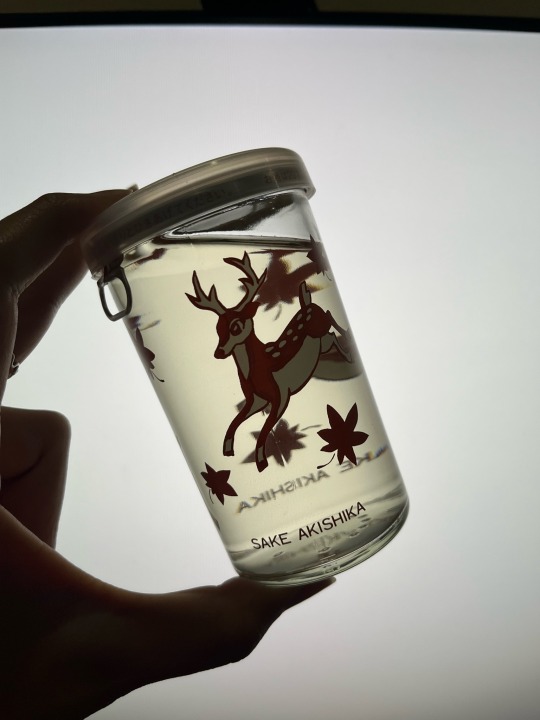#sake cup
Text
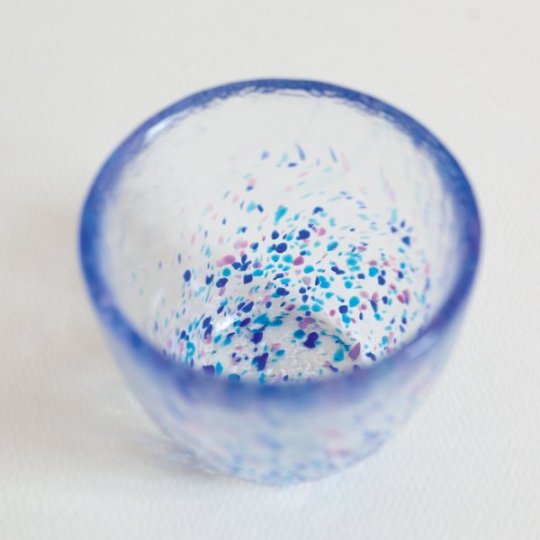



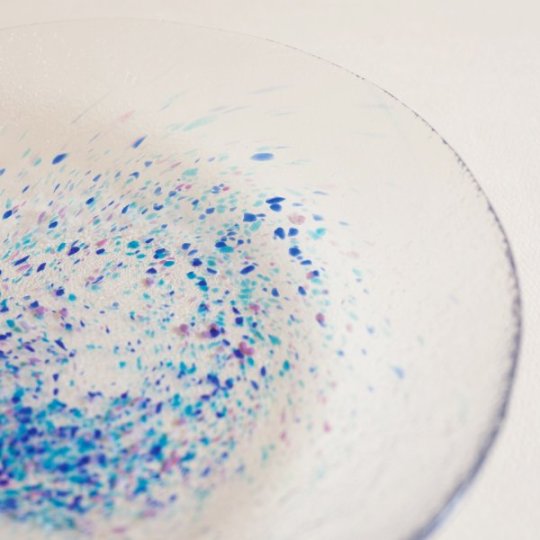
Refreshing glass plate and cup set with tiny blue and purple dots, made to serve somen (cold noodles) and other summery dishes.

Glass was once quite rare and precious in Japan as it was a foreign good. Such items were very pricey and fragile.
Traditionally, summer items try to have shiny materials so when they glitter under the sun (somehow mimicing glimmering water), people experience a little respite from smothering heat - hence why you can find glass tableware, for example used for summer chawan (tea ceremony bowl):

(pic source)
179 notes
·
View notes
Text


Japanese Cups.
+SHOP+
18 notes
·
View notes
Photo
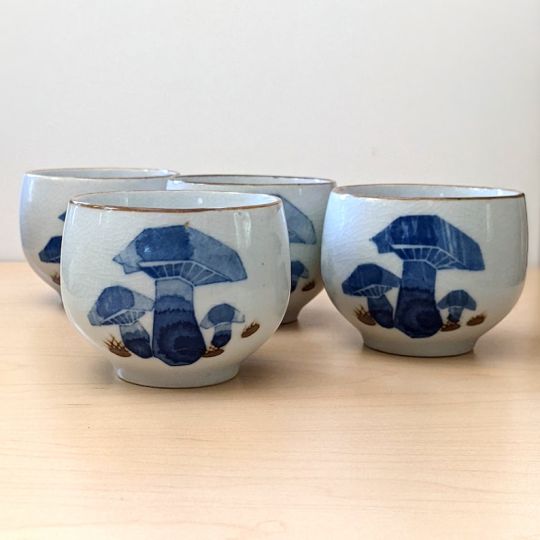
Otagiri mushroom stoneware sake or tea cups // Kultur
132 notes
·
View notes
Photo
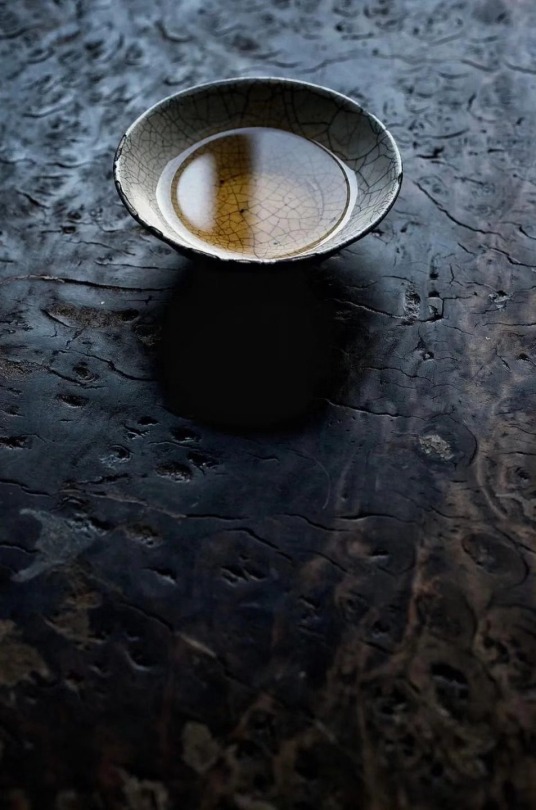
65 notes
·
View notes
Text


Vintage Hand painted Porcelain Mini Tea Sake Cup Rooster made in JAPAN || SWtradepost - ebay
3 notes
·
View notes
Text

菊に盃
眠るように
穏やかに
緩やかに
貴女が来るのを
待っている
#創作イラスト#illustration#original#オリジナル作品#degitalillustration#chrysanthemum#sake cup#autumn#kimono#butterfly#hanafuda
3 notes
·
View notes
Text

— ;; Jinbe [the first knight of the sea]
anime: One Piece
#jinbe#the first knight of the sea#one piece#op#anime#whole cake island#whole cake island arc#big mom#gyojin#style karate#sake cup#mugiwara#god piece
6 notes
·
View notes
Note
🍶


#my stuff#ask me anything#ask#nintendoneko64#anime drinks#anime food#food#anime gif#gif#sake cup#sake bottle#drink
1 note
·
View note
Text

A man of many of the most INTENSE facial expressions,,,,

Happy birthday Monkey D. Luffy!!!!
#'his smiles are literal sunshines they saved my life' OLD NEWS SHUT UP LOOK AT HOW SQUISHY HIS FACE IS#one piece#op fanart#monkey d. luffy#o captain my captain *salutes#much like the rest of the straw hat crew- i wud kneel before this man and pledge my life towards him#if i ever go to japan. ill visit the luffy statue and drink a sake cup just like the fleet commanders#let me become part of ur family luffy ; - ;
4K notes
·
View notes
Text
Judging from official art drunk Phoenix is either happy little guy or eepy and I don’t have a conclusion I just think it’s cute



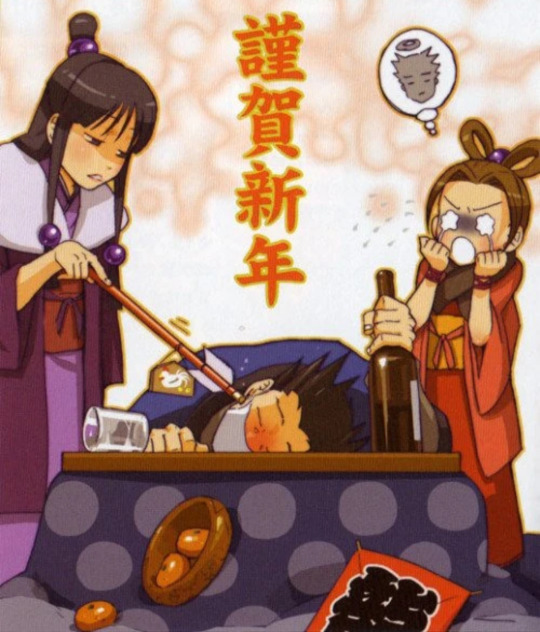
#ace attorney#phoenix wright#general my post tag#in the descriptions I just call what Phoenix is holding in the cherry blossom artworks a bowl bc idk what it’s for#and the internet wasn’t helping I’m sorry 😔#update changed the descriptions to say sake cup
667 notes
·
View notes
Photo




Lively antique summer outfit, with a dynamic tobiuo (flying fish) obi, paired with an auspicious sakazuki (sake cup) on the waves.
255 notes
·
View notes
Text

Sake cup - Mashiko pottery
+SHOP+
14 notes
·
View notes
Text
an incredibly underrated dynamic in one piece in relation to its themes of found family is luffy and jinbe specifically because one piece heavily emphasizes the importance of how blood doesnt define your family and that you fully choose it but luffy and jinbe literally shared blood and became that family. and more than anything a large defining aspect of impel down and marineford is how luffy was entirely on his own in the world with ace specifically mentioned by jinbe himself as the guiding light luffy followed as a pirate and how this entire saga starts with ace asking jinbe to protect his brother and is book-ended with jinbe becoming a guiding light to luffy in the same way to help keep him on his path as a pirate and honestly much like how wano is a complete representation of luffy inheriting ace's will to save the people he'd left promised to save one day there is also jinbe inheriting ace's will of a big brother who cares for and protects his little brother. luffy and ace may not have shared blood but they were always brothers and just like whitebeard said it doesnt matter if you extinguish a bloodline you cannot extinguish what it represented or the will it left behind and then this is brought full circle in fishman island with generations of bloodshed being tackled not with grand idealism but the act of saving one another by sharing blood. luffy ace and sabo shared a sake cup to christen themselves as brothers and jinbe in this moment of sharing his blood with luffy, completely spitting in the face of generations of prejudice, fear and hatred, also became his brother.


#listen to me. luffy and jinbe are BROTHERS. THE THEMEING OF LUFFY ACE AND SABO SHARING THE SAKE CUP. AND JINBE#BEING THE ONLY OTHER CHARACTER IN THE SERIES TO SHOW CREW MEMBERSHIP AS THAT OF SHARING THE SAKE CUP. THEY ARE BROTHERS#MORE THAN ANYTHING ITS NOT JUST FOUND FAMILY. ITS A PATH TOWARDS THE SUN#A THIN NARROW TUBE THATS SO FRAGILE BUT ITS A VERY REAL PATH#JINBE INHERITED THE WILL OF BEING LUFFYS BROTHER#one piece#zerav meta#jimbe#jinbe
59 notes
·
View notes
Photo

Japanese Culture | Ochoko: The Japanese Saké Cup
Made of glass, ceramic, metal, or wood, ochoko (お猪口 ) saké cups usually come in a set. These sets will often come with tokkuri, a small flask that holds the saké. They can come with three to four cups or, if they're astrologically themed, in a set of 12.
One of the benefits of ochoko is that it is suitable for both warm and cold saké. Compared to other cups, it can handle a variety of temperatures while maintaining the taste and aroma of the beverage. It is also advantageous to quickly grasp the colour and clarity of the saké.
Generally, the smaller the ochoko cup, the more flavours are pronounced. If the cup’s rim is narrow, then the sweetness is enhanced. The acidic notes are more direct if the cup’s rim is thicker. The different materials of ochoko can also influence the taste of the saké. Ochoko made from pottery usually have rounder edges, enhancing the sweet notes of Japan’s beverage of choice and, because the cup is light, is more suitable for rich and dry saké. Ochoko made from tin is said to mellow out flavours and is suited for warm saké.
Ochoko’s name comes from the Japanese phrase, Chotto, which means “just a little.” Over time, this phrase became synonymous with the alcoholic sipping culture in Japan. Historically, ochoko were not used as saké cups. Instead, they were used as small pots to store different kinds of vinegar and sauces in the kitchen or on dinner tables. However, in the Edo period (1603-1867), ochoko began to be used more prominently at saké parties. Originally sakezuki was used as a vessel to hold saké but couldn’t hold much. Around this time, making saké became more developed, and alcoholic volume grew.
As the alcoholic volume of saké grew, people sought other vessels to hold saké. So people decided to use ochoko, as it could hold more saké than sakezuki. The ochoko cup quickly became very popular due to its size. The cup’s size also promoted sipping instead of gulping, which made the parties last longer!
As ochoko became popular, it also influenced social gatherings in Japan. Since ochoko can hold a small but considerable amount of saké, the amount filled can reflect your social status. In saké culture, it is customary to fill others’ cups. Those who always have a full ochoko at a party are typically of high status.
34 notes
·
View notes
Text
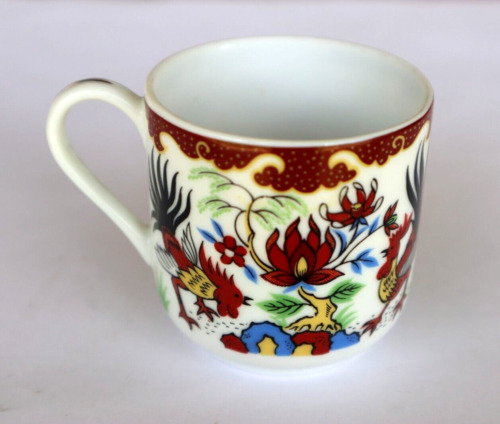
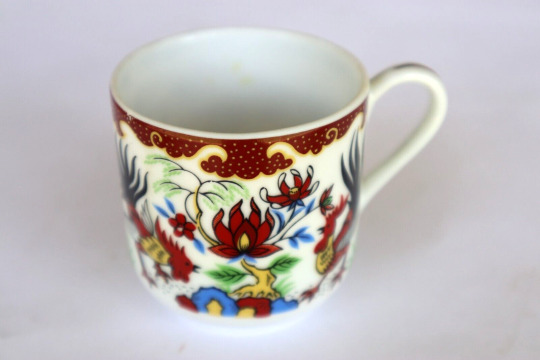
Vintage Handpainted Porcelain Mini Tea Sake Espresso Cup || SWtradepost
3 notes
·
View notes
